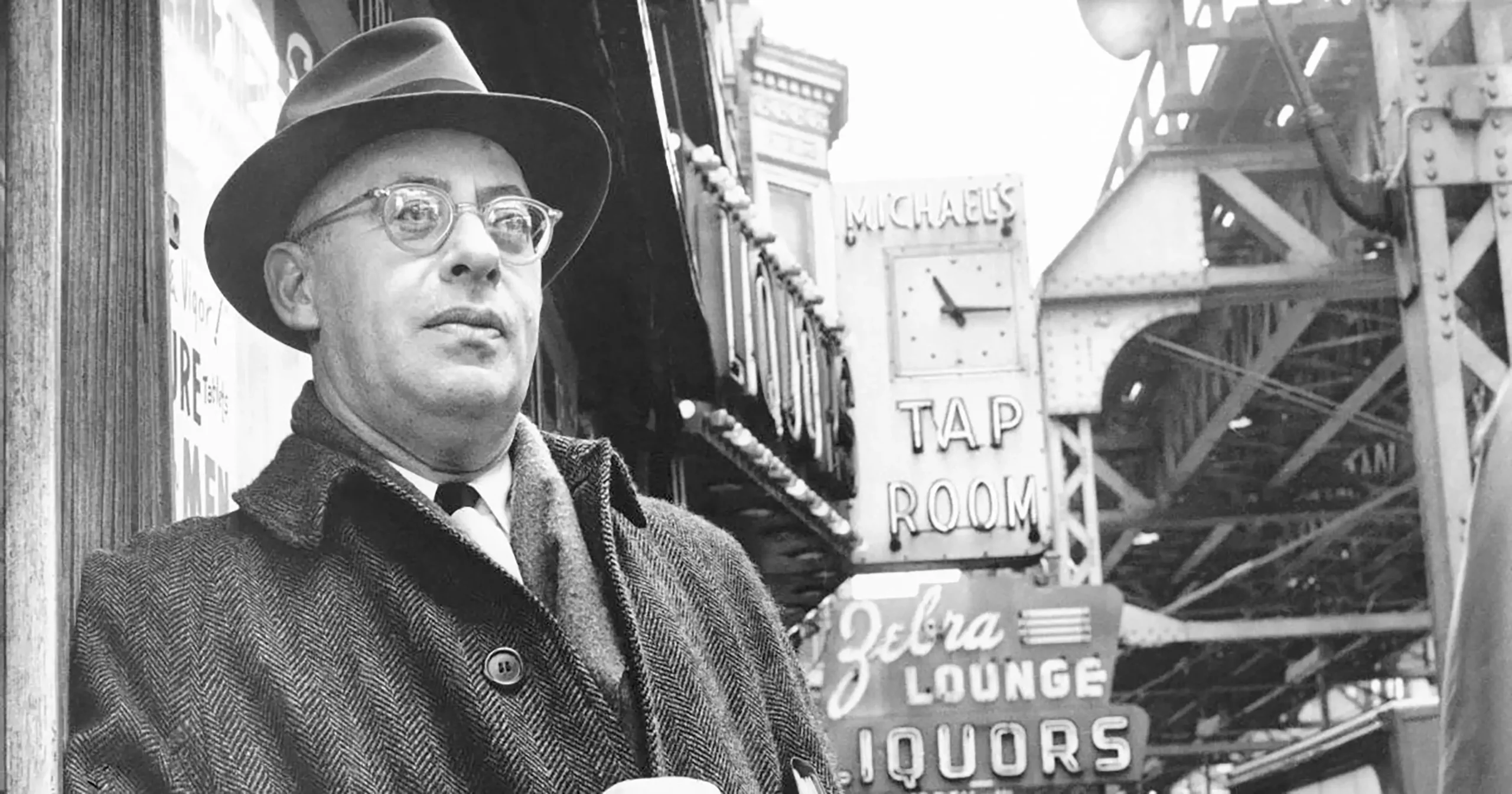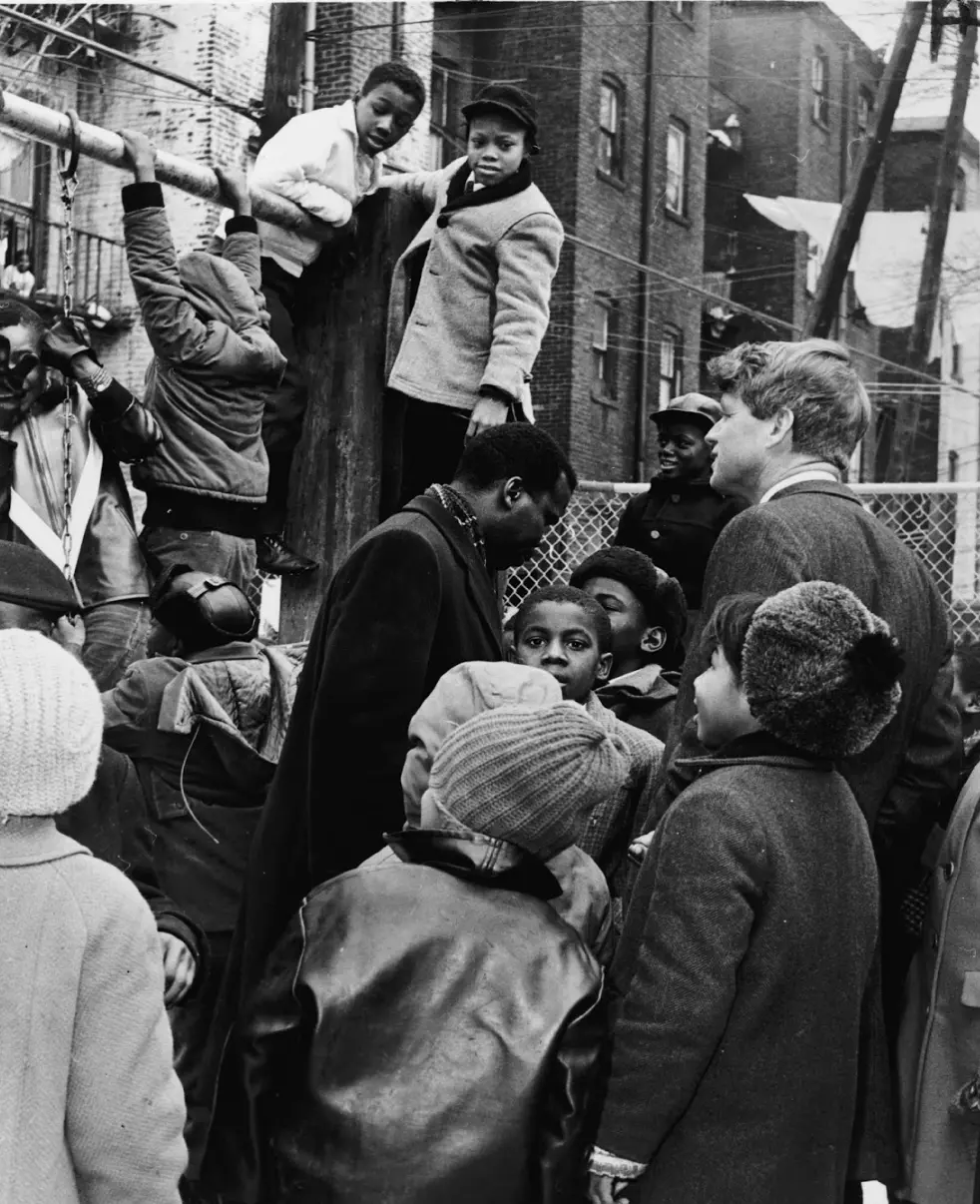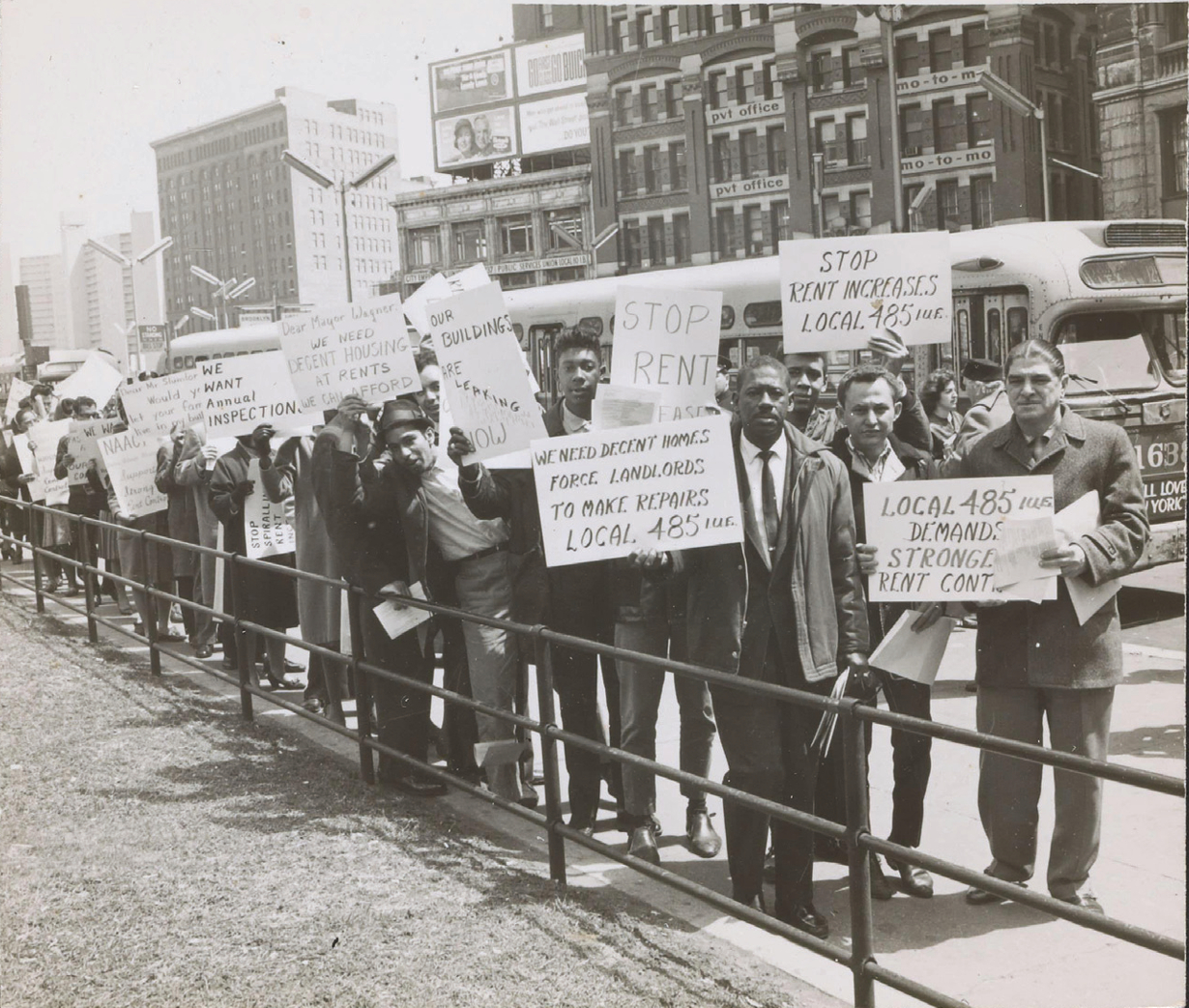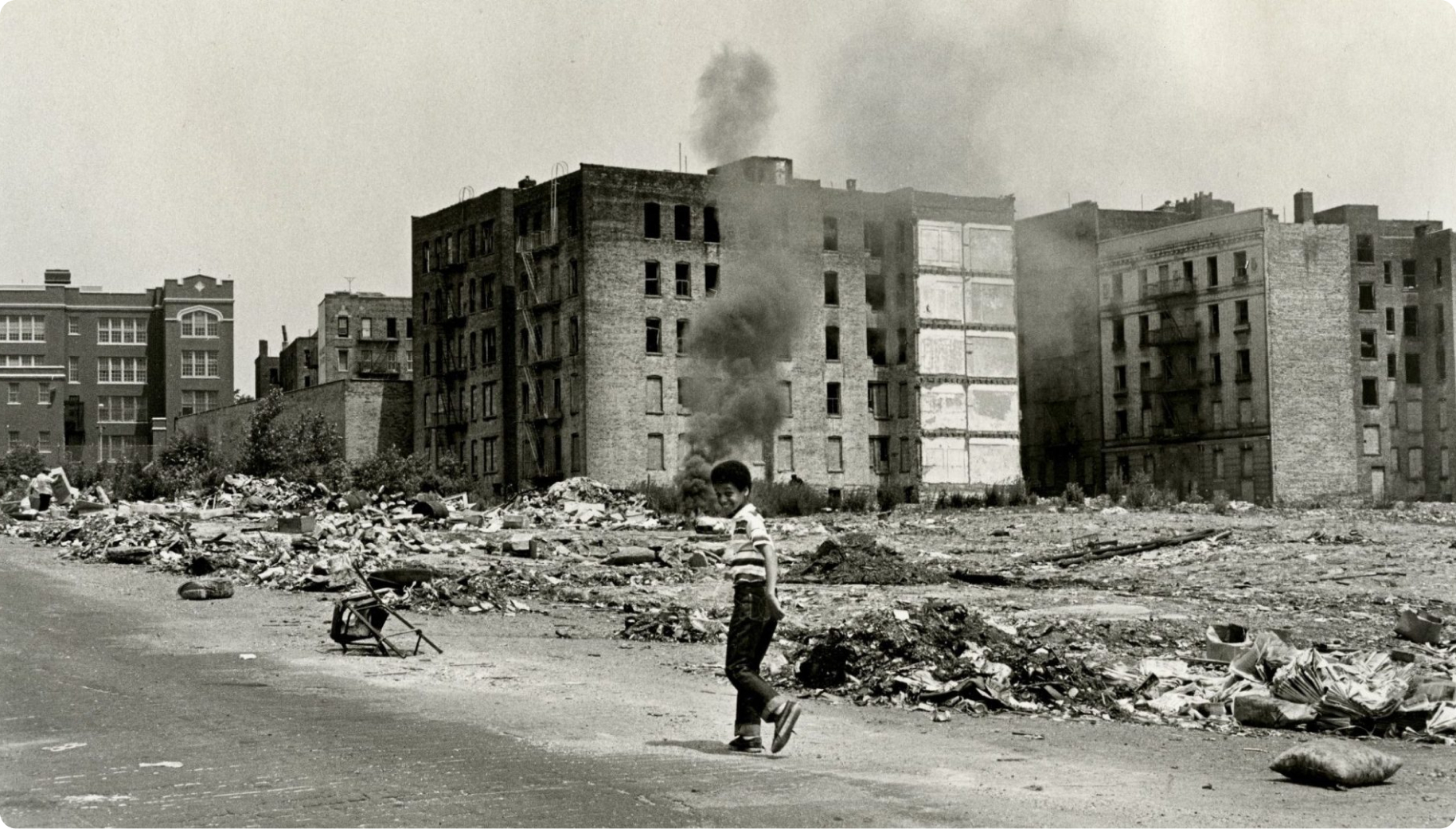Community design began 130 years ago.
The Community Development Archive is a digital platform created to trace the evolution of community based organizing, development, and design through a guided timeline and a catalog of critical figures and organizations. The CDA is a collaboration between Designing For Democracy, Partner & Partners, and Association for Neighborhood and Housing Development.

Starting from the 19th century philanthropic movement and ending with the current fight for social and environmental justice, the Archive is organized by decade to provide a simple way to navigate the rich history of Community Development as we recognize it today. Additionally, each figure, organization, legislation, and text considered seminal to the movement has been cataloged and can be accessed as it appears in the narrative or explored individually through the catalog index page.

Community development and its commitment to social reform owes much to the legacies of the Second Great Awakening, the economic theory of Henry George, and Protestantism’s Social Gospel.

The Progressive Era’s social and urban reform was informed by John Dewey’s pragmatic pedagogy, which was cultivated by this era’s settlement houses and Walter Rauschenbusch’s Baptist critique of American economics and society.
From the National Urban League to the Social Science Research Council, the foundation of community development was formed with the rise of social sciences and the advent of a scientific approach to studying urban communities.

With waves of new migration shaping the growth of American cities, activists and organized labor groups challenged housing crises through rent strikes and the construction of cooperative housing. At the same time, regional planning became the dominant planning principle for shaping American cities.

Community development and its commitment to social reform owes much to the legacies of the Second Great Awakening, the economic theory of Henry George, and Protestantism’s Social Gospel.

During World War II, modernism became a global movement. At the same time, social sciences were growing as a field of research and coalition-based activism based on the writings of Saul Alinsky began to emerge.

As American cities were significantly altered through slum clearance and urban renewal, activists and the philanthropists coalesced to challenge existing power dynamics and give voice to the communities being destroyed.

From the sit-ins of the Civil Rights movement to Whitney M. Young’s speech to the AIA, the 1960s marked an era in advocacy, liberation, and transformation. In the counterculture spirit of the era, the 1960s saw the maturation and formalization of community design and development.

As cities faced the beginning of deindustrialization and an evolving economic landscape, grassroots organizing rose to challenge those currents with coalition building, creativity, and solidarity amid an increasingly conservative America.

In the Eighties, Reaganomics and law-and-order rhetoric caused an immense shift in how federal money made it into the hands of Americans, with the advent of community-based finance institutions, CDBGs, LIHTC, and public-private partnerships.

In the early Nineties, community design moved from its pragmatic era into its academic era. From the soft privatization of America’s public housing through HOPE VI to universities becoming more involved in community design and research, development began to shift from being largely housing oriented in the Eighties to becoming more commercially oriented.

As globalization began influencing municipal and trade policies, cities started implementing policies that advanced their powers, like rezoning, as organizers met them on the ground with collaboration and coalition building.

In the aftermath of the housing market crash, community development took on a new role by moving from organizing around specific geographies to organizing around people’s identities beyond neighborhoods.